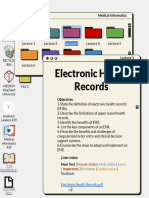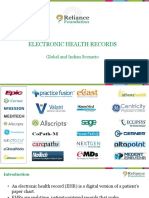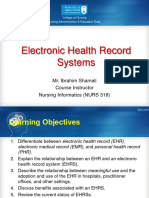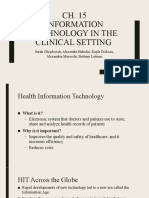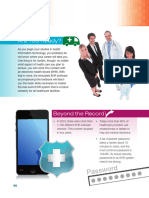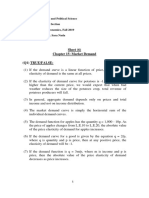0% found this document useful (0 votes)
126 views12 pagesAssignment
The document discusses Electronic Health Records (EHR), defining them as digital versions of patients' medical histories that improve data accuracy and accessibility. It outlines the components, types, advantages, and disadvantages of EHR systems, emphasizing their potential to enhance patient care and streamline healthcare processes while also addressing privacy concerns and technical issues. The conclusion highlights the need for ongoing improvements to maximize the benefits of EHRs in healthcare.
Uploaded by
abdokhaled192367Copyright
© © All Rights Reserved
We take content rights seriously. If you suspect this is your content, claim it here.
Available Formats
Download as PDF, TXT or read online on Scribd
0% found this document useful (0 votes)
126 views12 pagesAssignment
The document discusses Electronic Health Records (EHR), defining them as digital versions of patients' medical histories that improve data accuracy and accessibility. It outlines the components, types, advantages, and disadvantages of EHR systems, emphasizing their potential to enhance patient care and streamline healthcare processes while also addressing privacy concerns and technical issues. The conclusion highlights the need for ongoing improvements to maximize the benefits of EHRs in healthcare.
Uploaded by
abdokhaled192367Copyright
© © All Rights Reserved
We take content rights seriously. If you suspect this is your content, claim it here.
Available Formats
Download as PDF, TXT or read online on Scribd
/ 12













